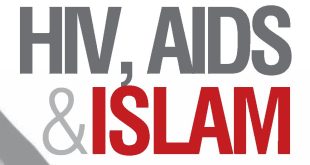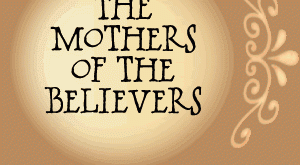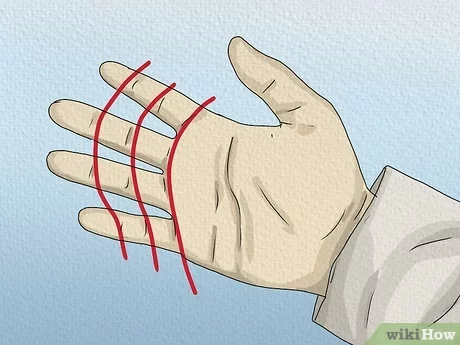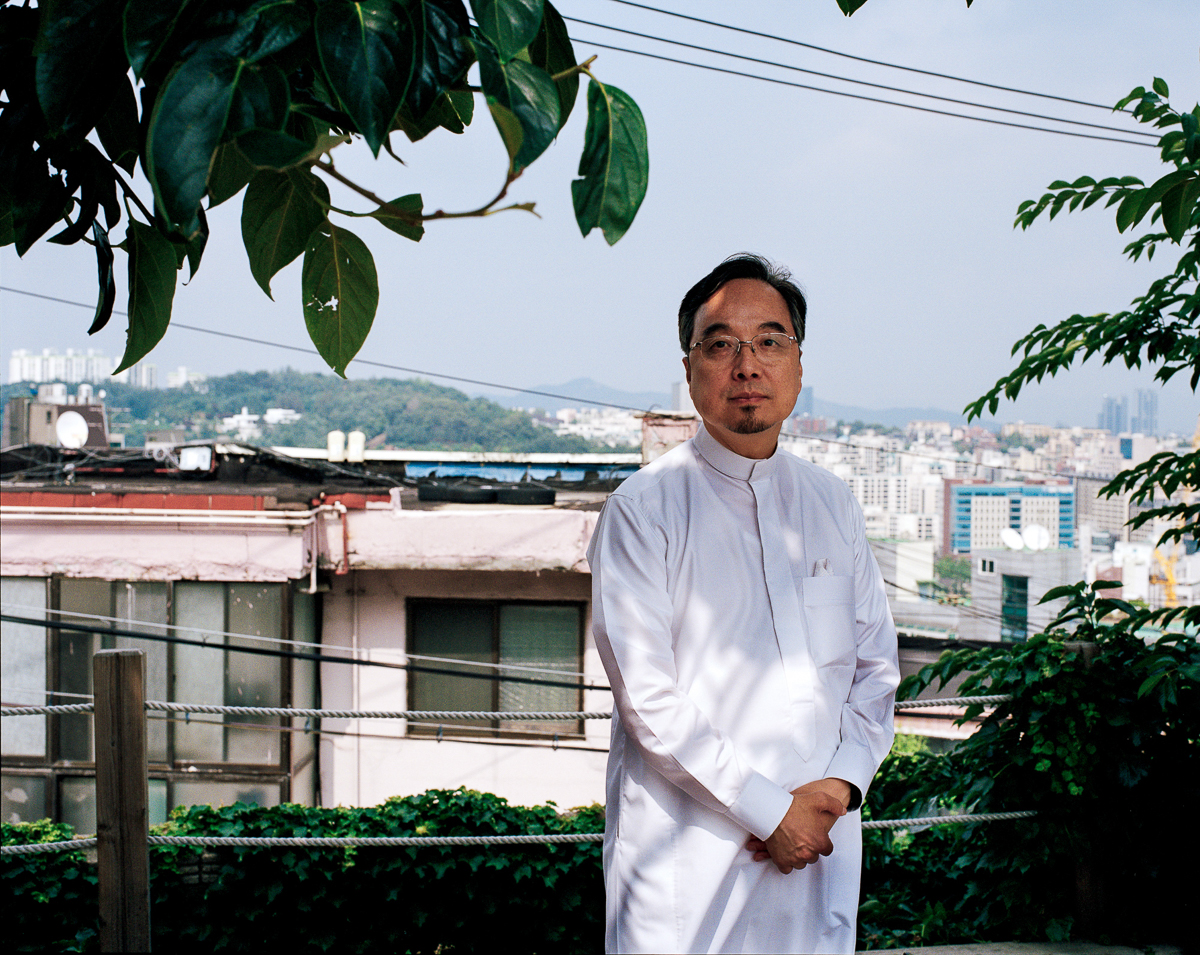
Seoul, South Korea – This year marks the 10th anniversary of the Korean hostage crisis in Afghanistan, which was a turning point in the history of Islam in Korea. Today, South Korean Muslims make up a tiny minority, 0.2 percent, of the predominantly Christian and Confucian society.
As South Korea is opening its doors to Muslim tourists, trying to fill the vacuum left by the declining number of Chinese tourists following the debacle launched with the deployment of the US Terminal High Altitude Area Defense (THAAD) system, various generations of native Korean Muslims reflect on their double identity as Koreans and Muslims in South Korea.
The number of Muslim tourists coming to the country saw a 33 percent increase last year from 2015 and is expected to reach 1,2 million people by the end of 2017, as revealed by the Korea Tourism Organization (KTO).
Tapping into this economic potential, the country has increased the number of Halal certificates for its restaurants and prayer rooms, and the Seoul Tourism Organization is promoting a series of videos showcasing Muslim-friendly restaurants around the capital.
Islam and the Korean Peninsula share a history of mutual fascination and curiosity. From the era of the Silk Road in the 9th century to today’s modern interconnected world, the bonds that were once forged through maritime travel have now been passed on to a new generation of young Muslim Koreans, who try to find a balance between their Korean culture and newfound religion.
Retracing the history of Islam in Korea and its reintroduction to the country by Turkish troops during the 1950-1953 Korean War, Al Jazeera spoke with several generations of South Korean Muslims, who expressed the difficulties they face in the Confucian Korean society dominated by class, age hierarchy, a strong drinking culture, and a distrust of Islam.
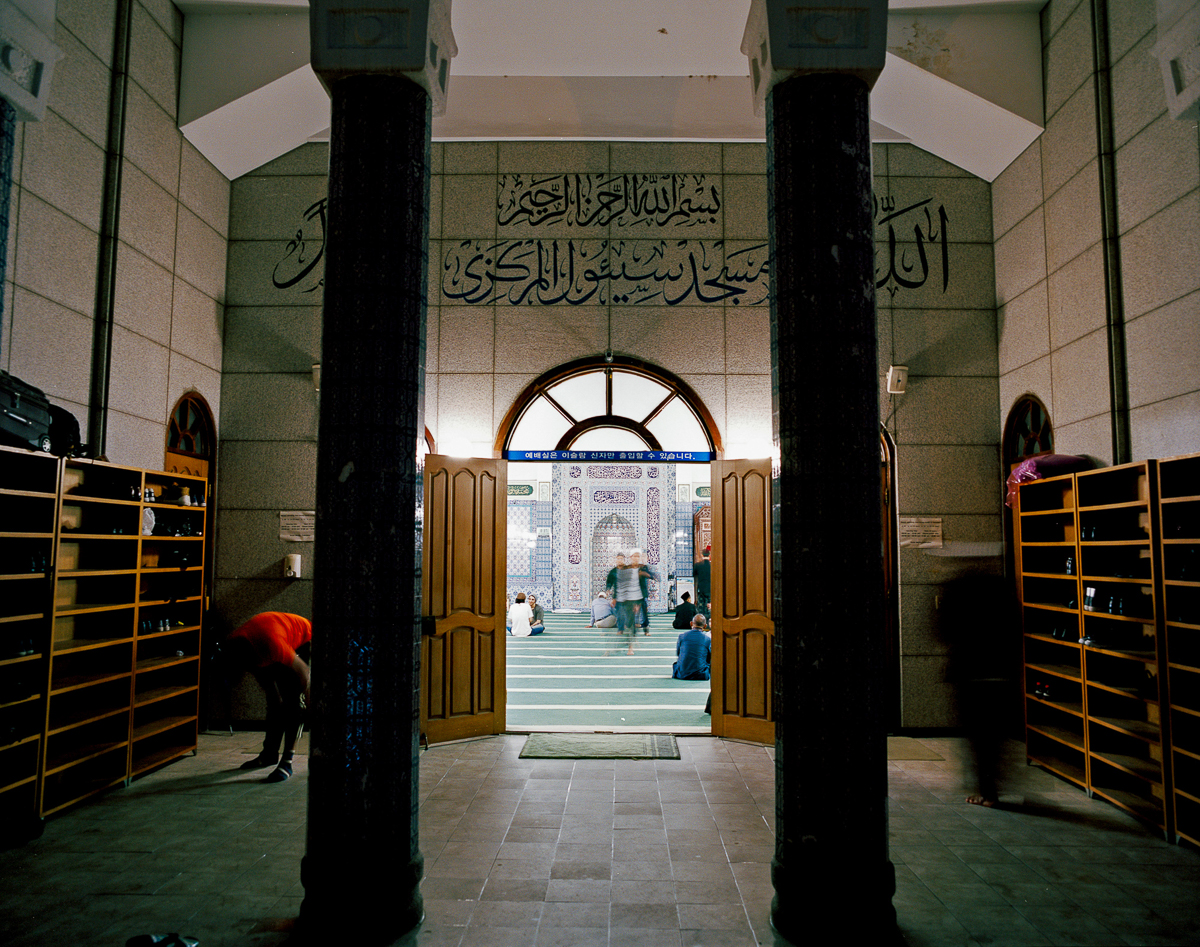
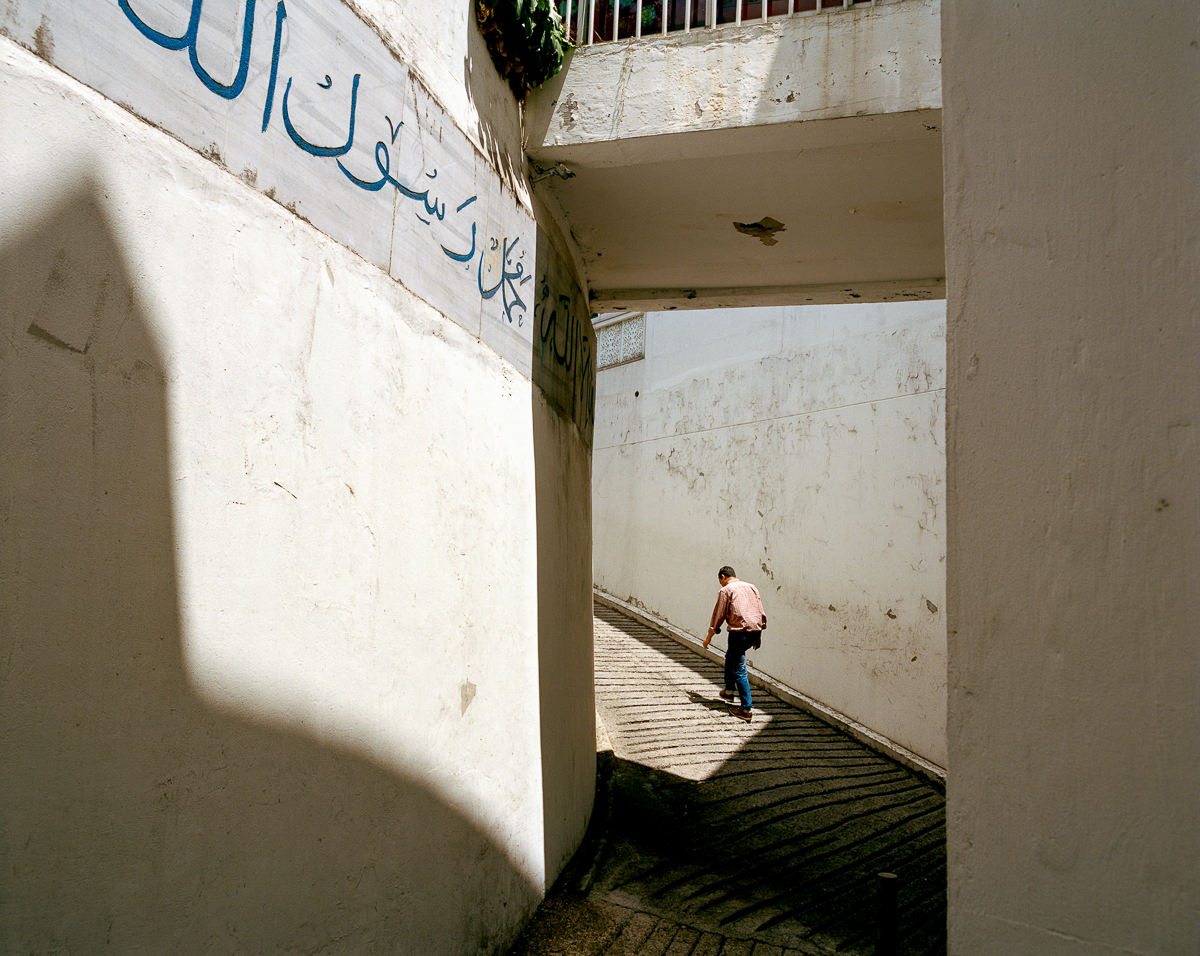
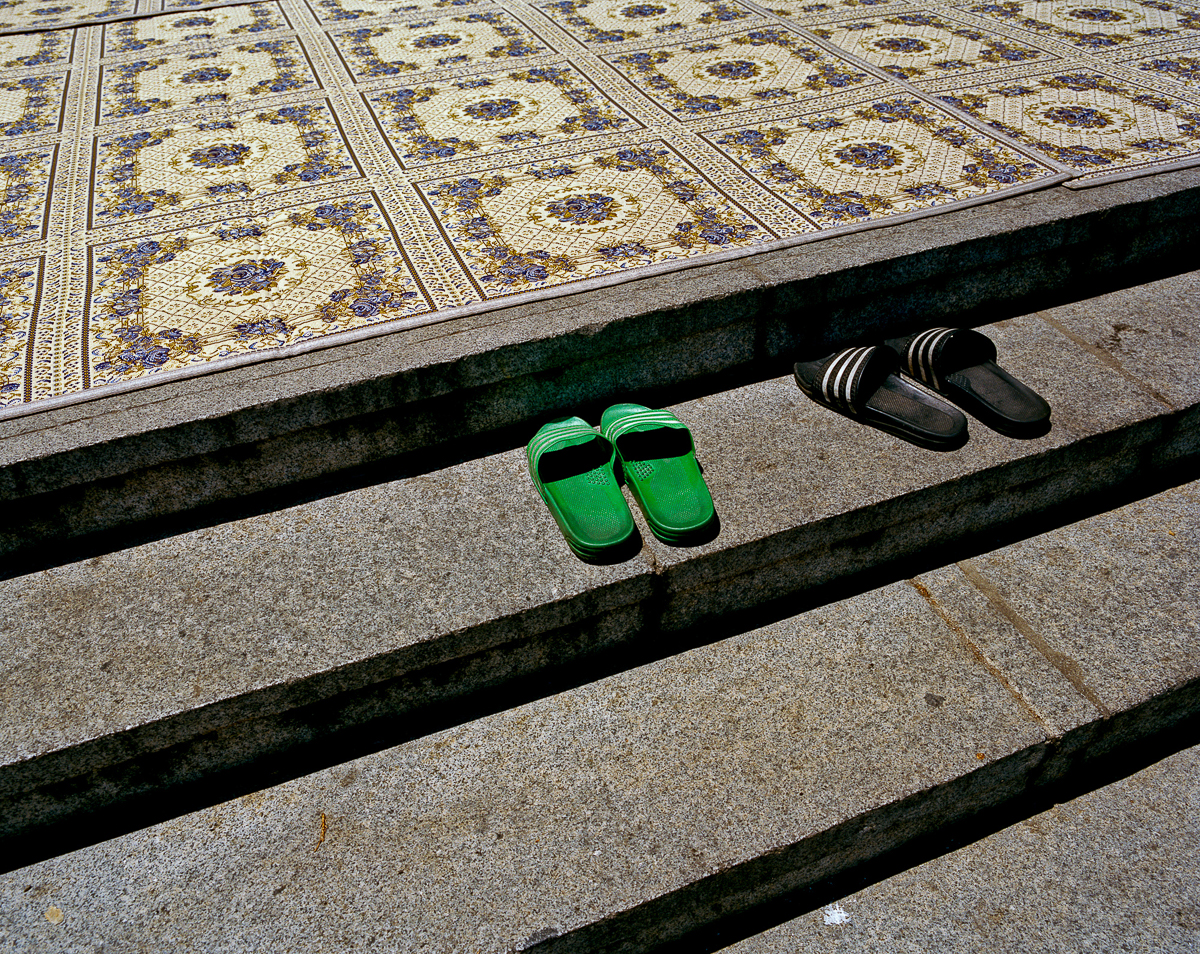

Harun Kara (left) is a Turkish citizen working at Mr Kebab, located at the entrance of what locals refer to as “Muslim Street,” a sloping street filled with Middle Eastern restaurants and Turkish sweet shops leading to the Seoul Central Masjid. Kara is part of a small Turkish community living in South Korea, who first arrived and settled in the country after the 1950-1953 Korean War, when 15,000 Turkish soldiers came to fight voluntarily alongside South Korean troops. Many chose to stay and reintroduced Islam to South Koreans. During the war, the Turks established “tent mosques” which were initially meant to serve the Turkish soldiers, but also favoured conversions among South Koreans and proved to have laid the groundwork for the spread of Islam in South Korea in the 20th century. The Turks’ involvement and relief efforts in South Korea left such a lasting mark that it is not unusual for South Koreans to describe Turks as their “blood brothers”. Safiya Kang (right) after working for ten years at the Seoul Central Mosque as an account manager and administrator, she decided to convert to Islam in 2015. “Initially, like many of my friends, I knew nothing about Islam and associated it with 9/11 and terrorism,” she said. “But I wanted to know more about Muhammad [the Prophet], Allah and what Islam really is… I believe Islam to be true, that’s why I converted,” she said. But despite having an understanding family and Christian husband who loves her halal Korean cuisine, she chooses to wear the hijab in the streets of Seoul only on rare occasions. “I don’t like when people stare at me,” she says. Although she found peace in Islam, she is continuously trying to find a balance between her identity as a human being, a woman, a Korean and a Muslim convert. “I find myself being freer as a Korean than as a Muslim,” she says. “But I’m a human being and my feelings change.” RADU DIACONU/AL JAZEERA
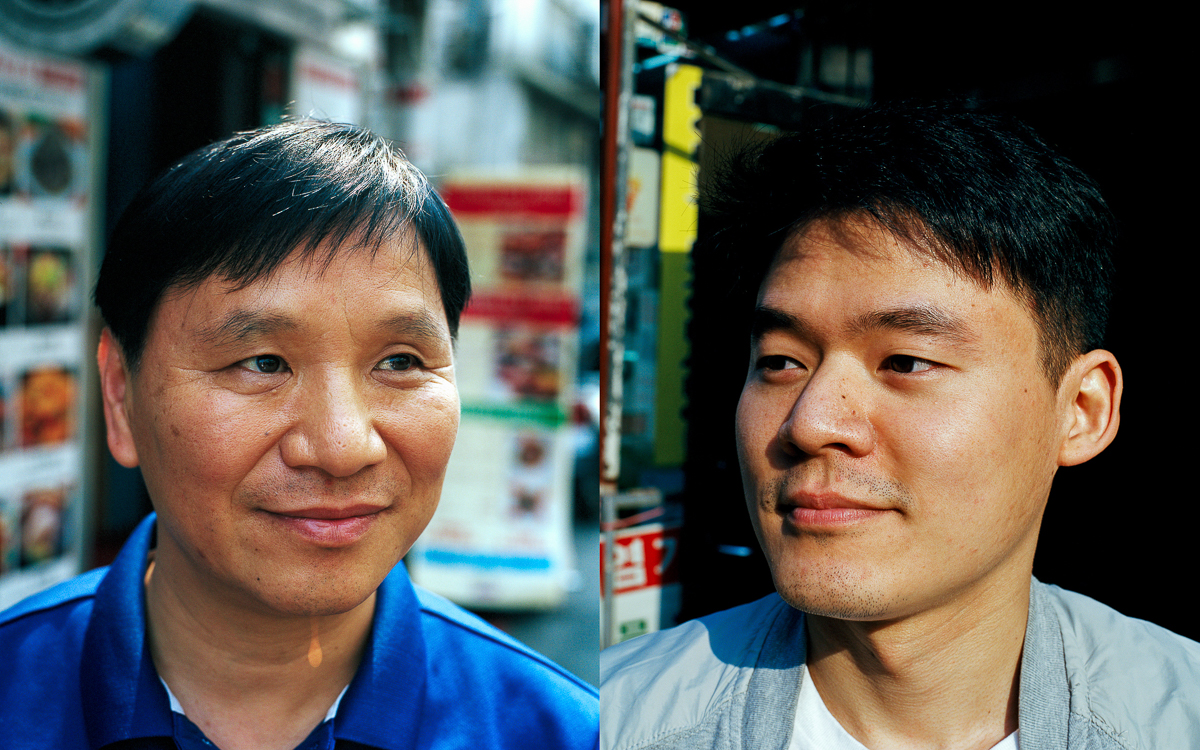
Ahmad Cho (left) 48, marketing agent at Talent Cosmetic, a Malaysia-certified Halal Korean cosmetic store located almost right across the street from the Seoul Central Masjid. He converted to Islam in 1990 and was one of the 40 Korean Muslims who were invited to the 2000 Hajj pilgrimage. “I cried when I arrived at the Kaaba, in Mecca,” he says. Emir Kim (right) 28, from Incheon and advisor at the mosque’s Islamic Center, is one of those Koreans who believe in this strong attachment between the two nations. Introduced to Islam by his Turkish friends on a 2010 trip to China, he soon found more in the religion than a simple interest. “It’s the life routine associated with Islam that first interested me,” he says. “But it’s really the equality and concept of brotherhood that I appreciate the most.” South Korea is a very conservative Confucian society ruled by age structure, where respect for the elders is paramount. This daily occurrence is reflected in the language grammar, which uses a complex system of honorifics to reflect age hierarchy and levels of familiarity among people. For Emir, this social standard is often constricting. “I feel more comfortable with my fellow Muslim brothers, regardless of their age, culture, or background,” he says. “This lack of hierarchy is very liberating to me.”

The neighbourhood of Itaewon is home to Seoul’s Muslim community. Itaewon is also the location of the Korean and US military bases. Itaewon is Seoul’s most cosmopolitan neighbourhood and home to the headquarters of the US military forces stationed in South Korea. The culturally rich and diverse area gathers people from all over the world who come to enjoy Halal food (Korean and non-Korean), nightclubs and bars. This is often the place where Koreans will interact with Islam and visit the Central Masjid.
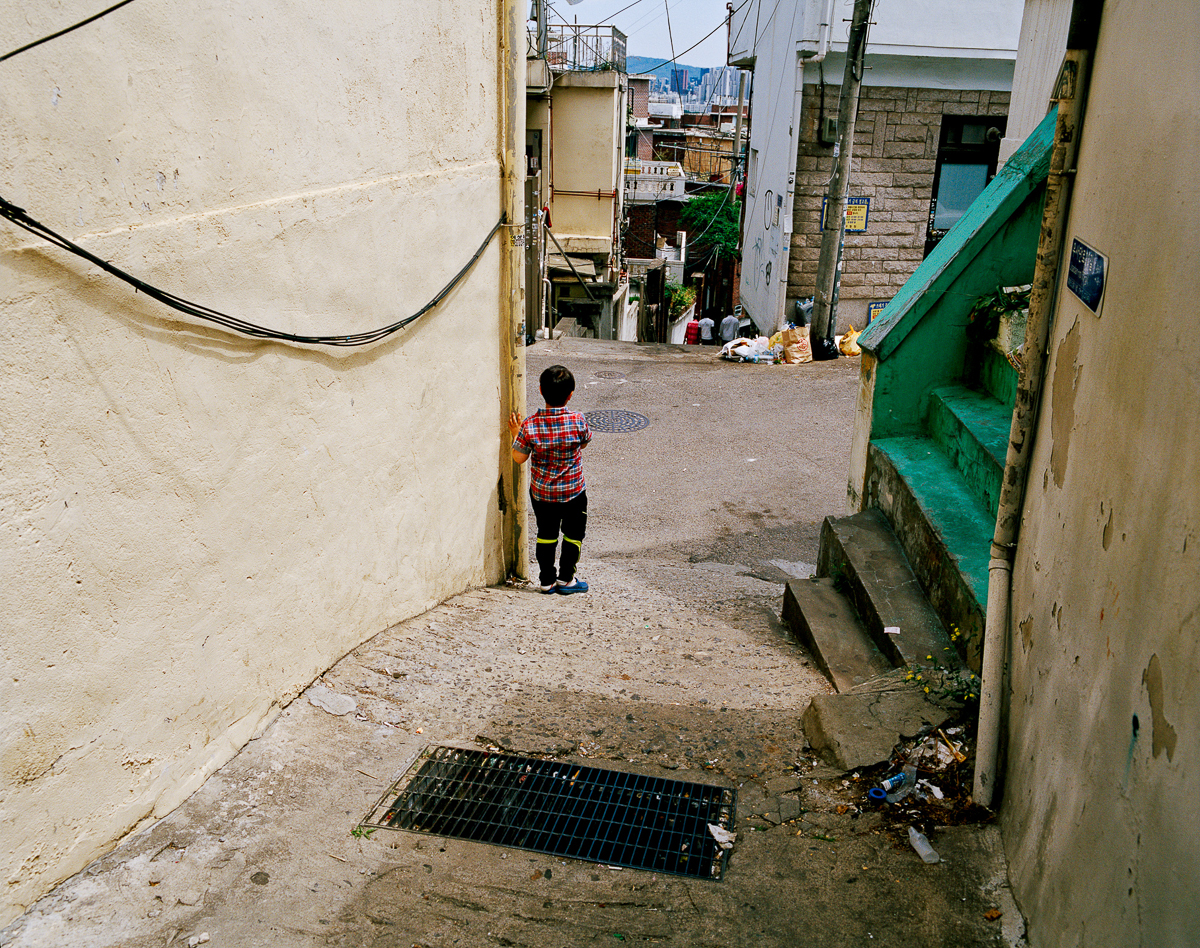
A young boy plays in the streets of the Itaewon neighbourhood. The number of Muslims in South Korea is estimated to be around 100,000 and a large portion of foreign Muslims reside in Itaewon, from countries including Pakistan, Uzbekistan, Senegal, Turkey, and others.

Young women are posing for pictures in front of the Gyeongbokgung-Palace (built in 1395) wearing a Hanbok, Korea’s traditional attire, which dates back to the Joseon era (from 1392-1910). In 1427, the Joseon dynasty issued a royal decree banning the performance of Islamic rituals and Muslim traditional attire, as part of an isolationist policy meant to limit contact with foreign countries.
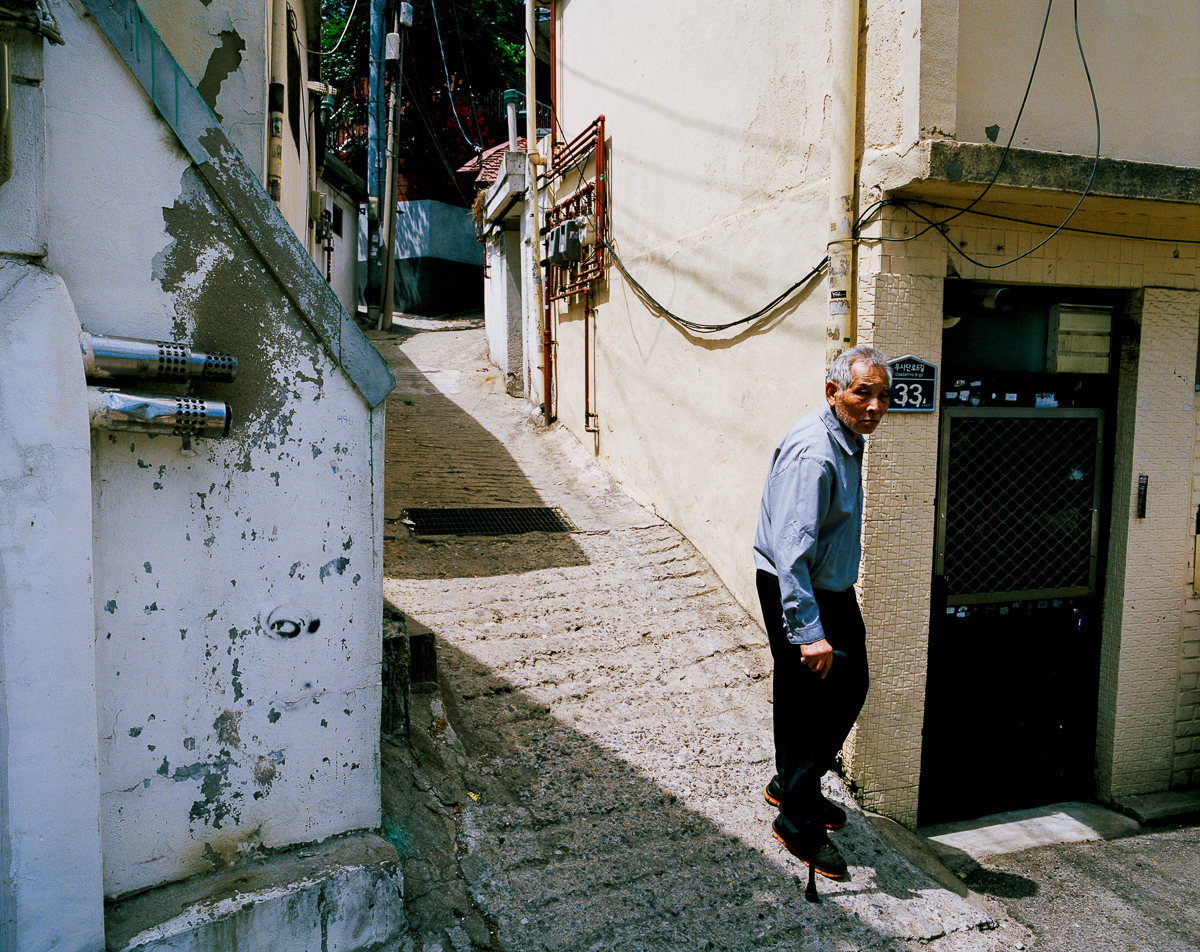
A man walks down the street leading to the Seoul Mosque in Itaewon.
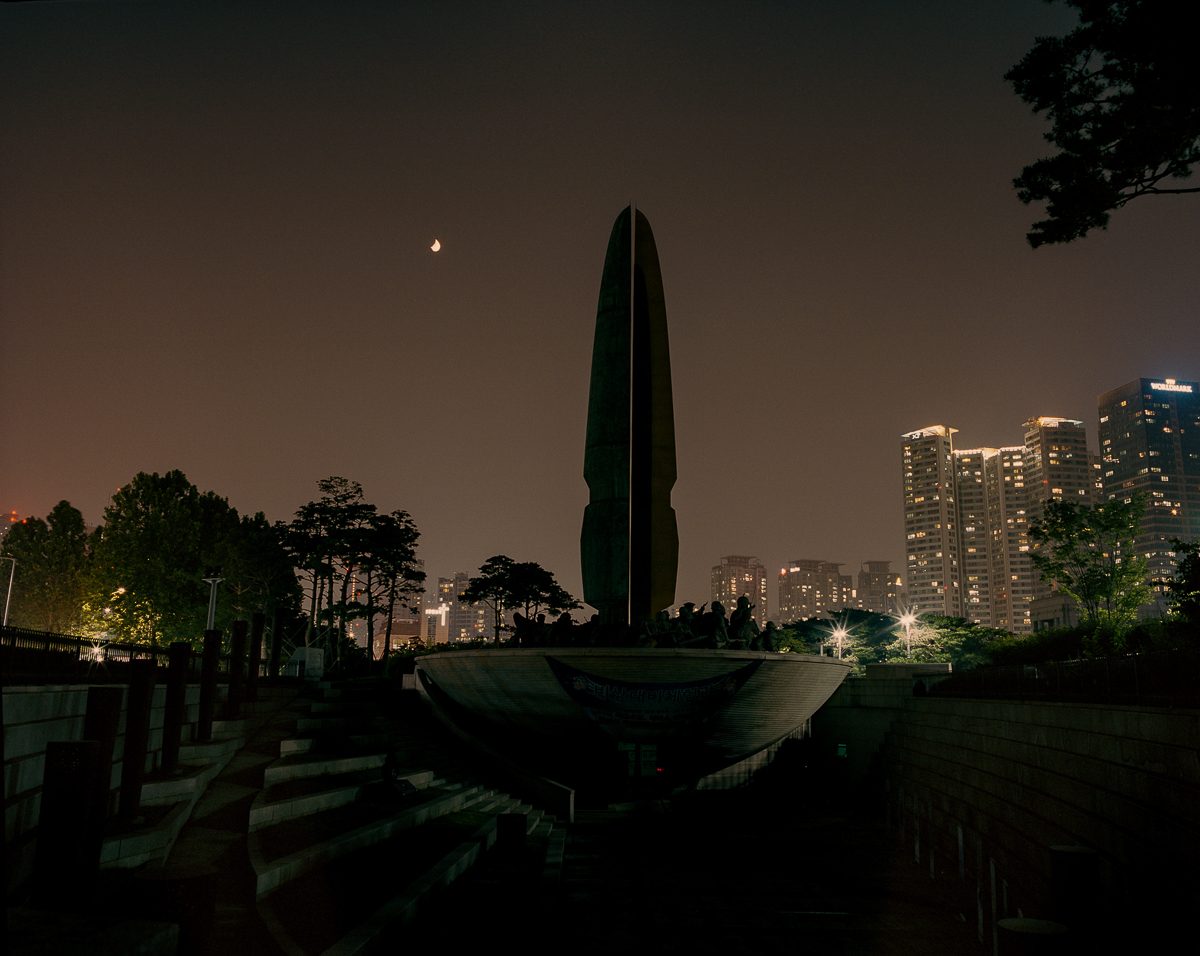
Korea’s War Memorial was established on June 10, 1994 by the War Memorial Service Korea Society to commemorate the lives lost in the Korean War, and to educate the public about Korea’s armed forces. Turkey is one of the nations that fought alongside South Korean troops between 1950-53 and sent voluntarily the second largest contingent of soldiers after the United States.
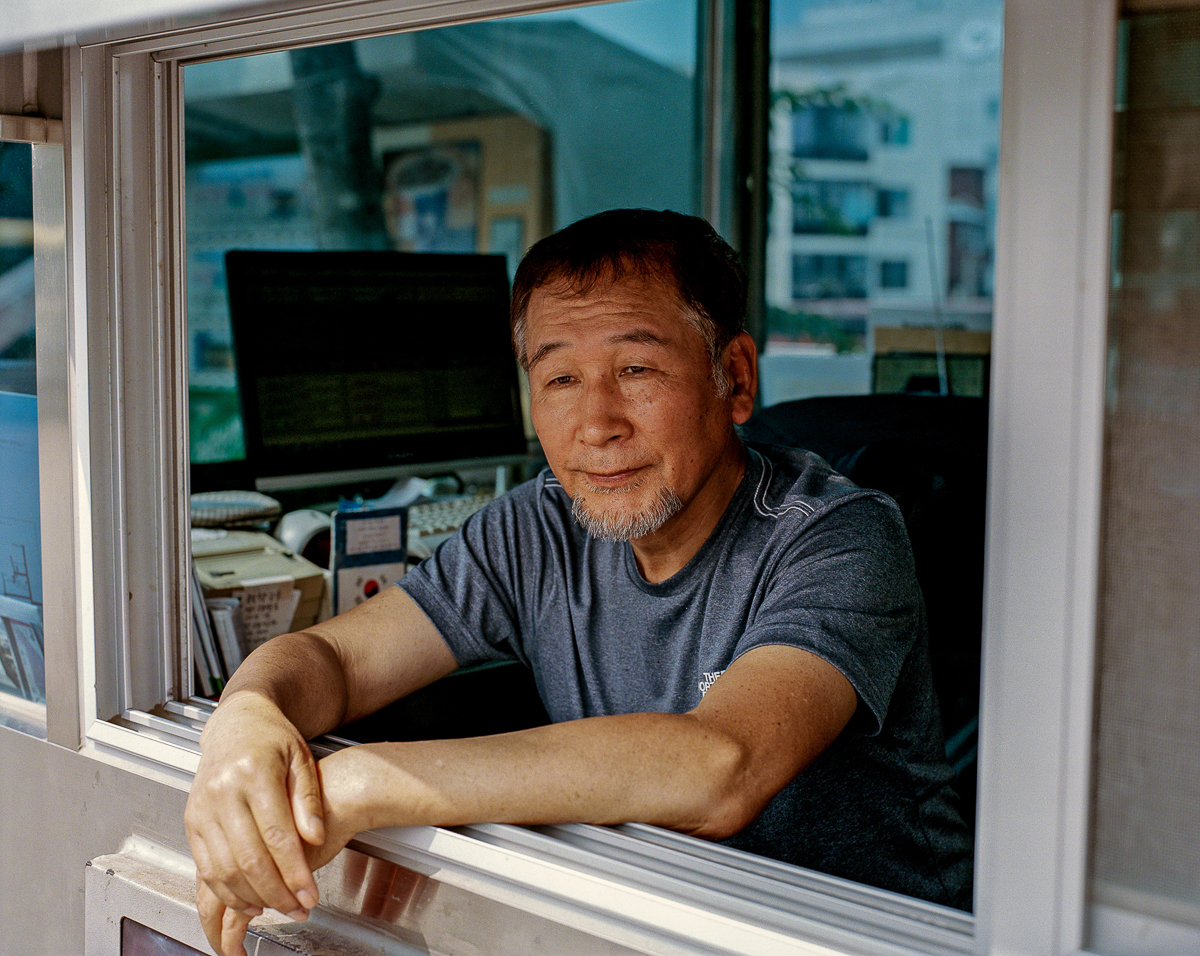
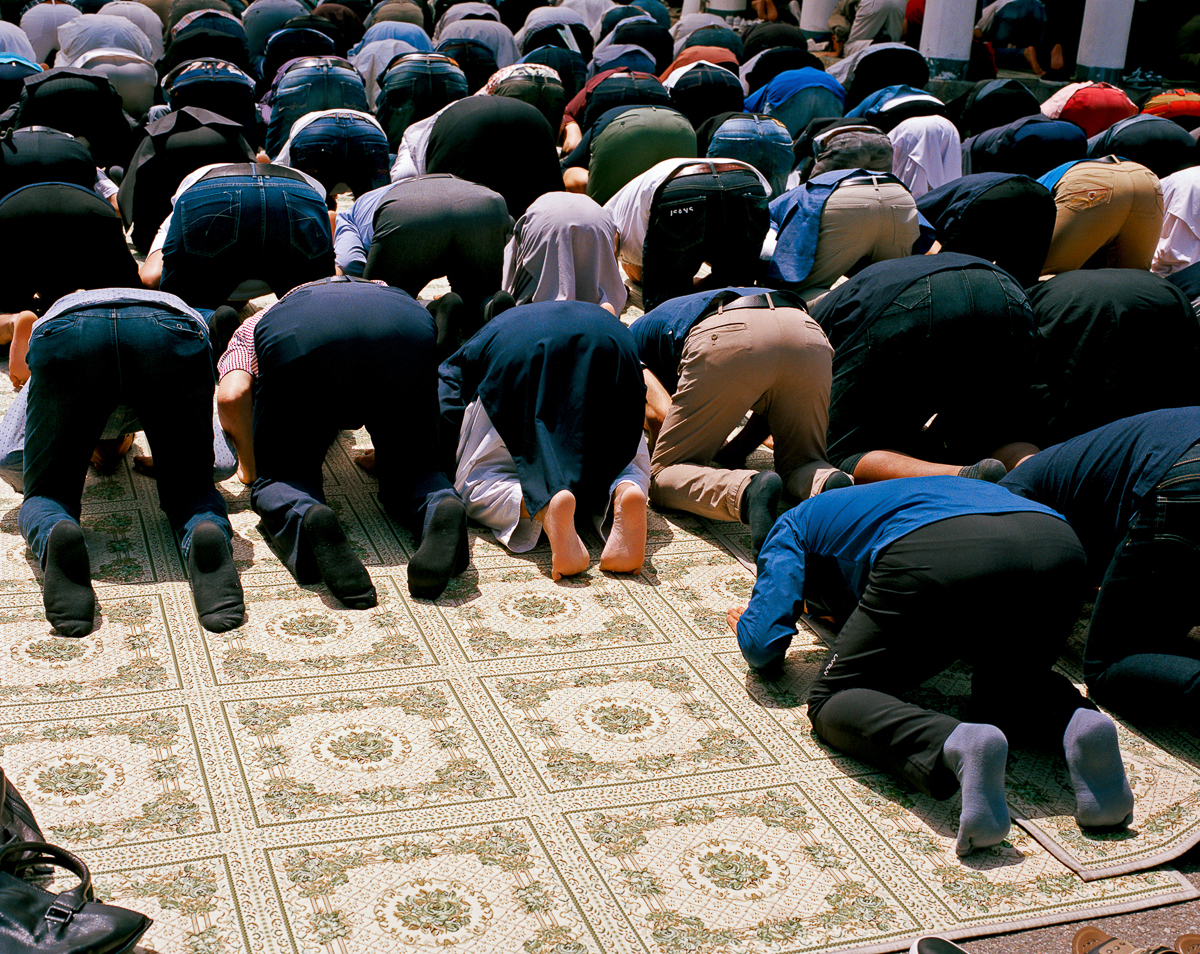
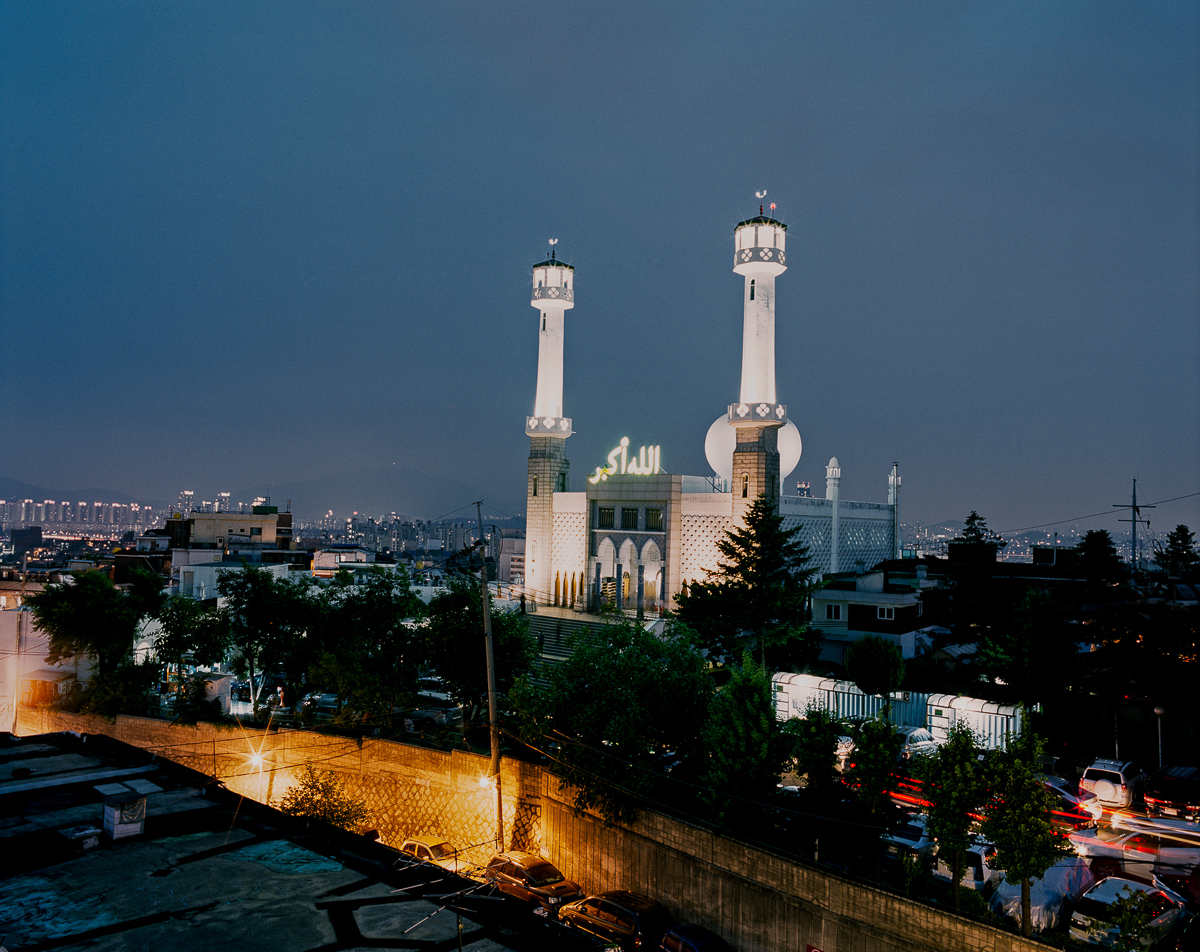

Umar (Daesik) Choi (left), is part of the new wave of young Korean Muslims who are trying to spread awareness on Islam in South Korea through social media. He promotes Muslim-friendly restaurants in Seoul in collaboration with the Seoul Tourism Organization as part of a video series called “From Kebab to Kebab” on YouTube. He studies Arabic and Islamic studies in Saudi Arabia. Ola Bora Song (right), is a Korean Muslim who converted in 2007, the year of the Korean hostage crisis in Afghanistan, a turning point for Korean-Muslim relations. “Some people would yell at me and tell me to go back to my country, while others would say that I have a bomb in my jacket,” she says. “For them, being a foreigner who is Muslim is acceptable, but not a Korean Muslim. Most Koreans have a stereotypical image of Islam that is wrongly portrayed in Korean media,” says Bora, who struggled to find accurate online information on Islam in Korean when she initially converted. She now works at the Seoul mosque and gives lectures every day to many South Korean Christians and others who want to know more about Islam. She tries to answer all their questions to avoid any misunderstandings. “I was once a non-Muslim and I understand their misconceptions, which is why I want to give them all the information they need to understand what Islam really is, that [it] is, a religion of peace and respect.” Her lectures have proven quite successful. “Some people who had preconceived ideas about the religion would come to me after my lectures and tell me how sorry they were for not knowing,” she says. Over the 1,000 to 2,000 people attending her lectures, Bora noticed that on average, about 10 percent wish to know more about Islam and consider converting. With more than 140,000 followers on Instagram, Bora has become a bit of an online sensation and inspirational figure for many Muslims across Asia. In South Korea, where beauty plays an integral part of society, she likes to make a fashion statement with her headscarf, a colourful symbol of her double Korean and Muslim identity.
Post Disclaimer | Support Us
Support Us
The sailanmuslim.com web site entirely supported by individual donors and well wishers. If you regularly visit this site and wish to show your appreciation, or if you wish to see further development of sailanmuslim.com, please donate us
IMPORTANT : All content hosted on sailanmuslim.com is solely for non-commercial purposes and with the permission of original copyright holders. Any other use of the hosted content, such as for financial gain, requires express approval from the copyright owners.
 Sri lanka Muslims Web Portal Sri Lanka Muslims News Center
Sri lanka Muslims Web Portal Sri Lanka Muslims News Center
 Donate
Donate
